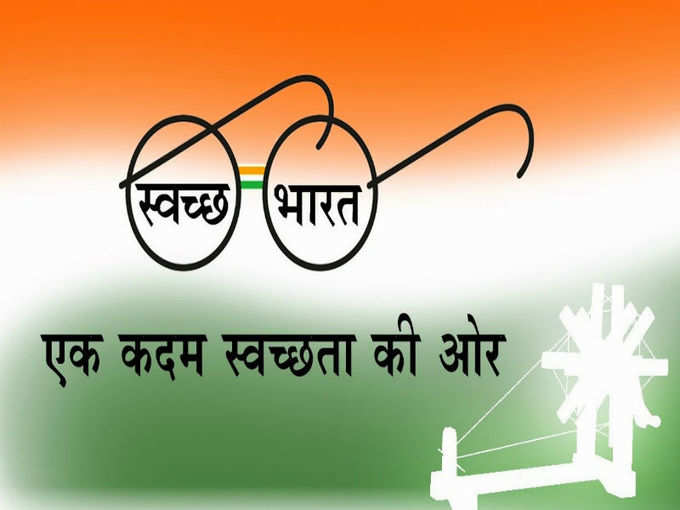
The cleanliness of the famous high speed
With one year of completion of ‘
“I think like Japan, we can also do this. But more participation is required. We have come a long way from being an importer of food to becoming an exporter of food. Like green revolution, clean revolution will also become a success,” he added.
Pathak thinks that lack of motivation among the citizens is pulling this Mission behind. The passengers of the Shinkansen trains also show that values are equally important. They often dispose of left-over food, beverages and papers in the bin bags held by the cleaning staff at the door on arrival of the train at the station.
Awareness at a larger scale and change in the mindset of the people are the keys to its success.
“Why should we depend on the government to build toilets in our own houses? It should not be a movement of the government alone,” he said.
P. Velusami, principal of WASHi (WAter, Sanitation and Hygiene Institute), said the values of cleanliness should be inculcated in the minds of the people since childhood.
He too is optimistic about the success of the movement but is apprehensive about the ‘2019 target’ of the Mission.
“2019 is an ambitious target. We can try but I think a complete clean Bharat can be achieved by 2025. It is a long way to go. Current investment of the government and the citizens in the mission is clearly not enough,” he said.
More than 300 high speed Shinkansen trains, each having 100 seats, are in service in a single day. Not a single seat in a single train is missed out to be cleaned in those seven minutes they get to do their job. But five years seem to be too less a time for a Swachh Bharat.
(image credits: inbministry.blogspot.in)